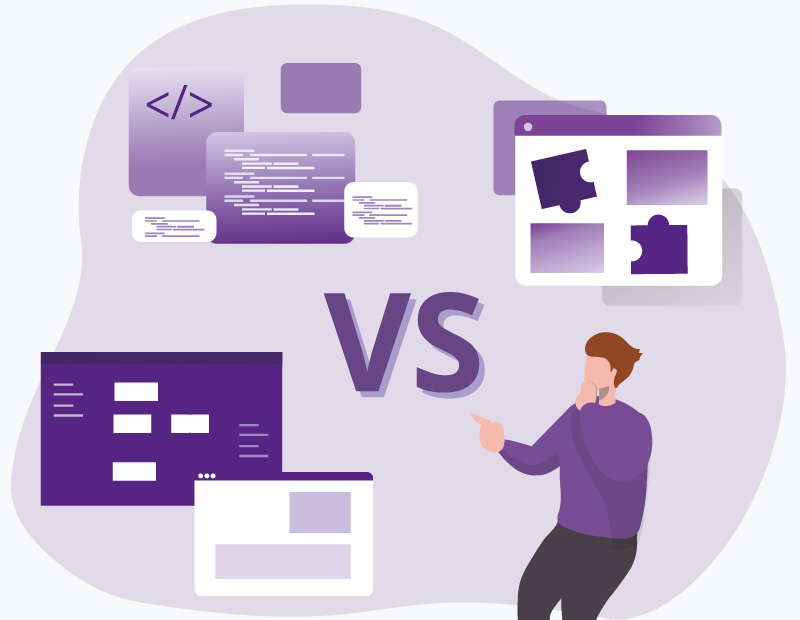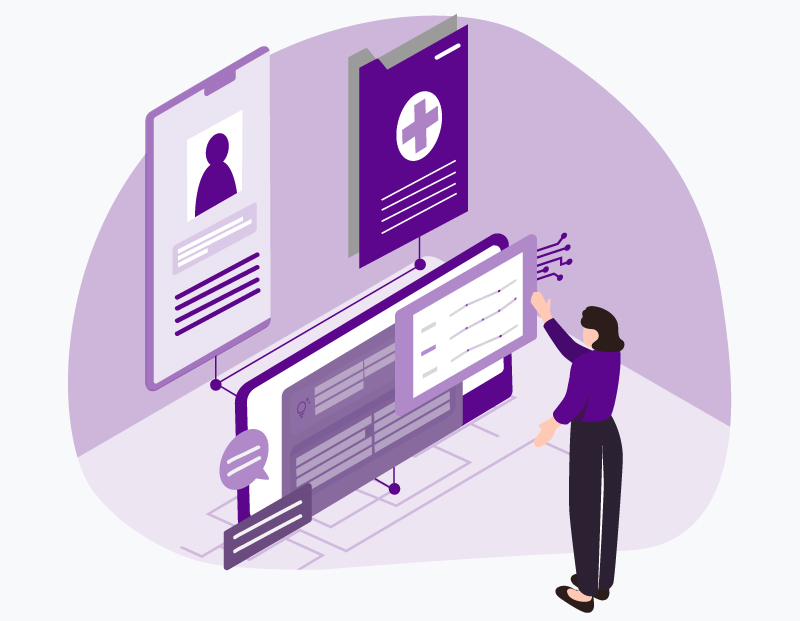The laboratory medicine market has changed significantly in recent years, not least due to the pandemic, but in the coming year, new technologies and innovations (e.g. artificial intelligence) in particular will bring many innovations to the order entry market:
-
Digital transformation for smaller senders thanks to modern order entry systems
The digital request for services via an order entry solution offers enormous advantages for laboratories and senders, but until now, laboratory tests have often still been requested in the traditional paper-based way or via remote data transmission, especially for smaller senders – partly because a connection was previously uneconomical due to the technical complexity and licensing structures of some providers. Digitization is now increasingly reaching smaller senders. Modern order entry systems facilitate this transition by offering simple, user-friendly and cost-effective solutions. New billing codes for order entry could potentially accelerate this trend.
-
Specialized support for medical care centers (MCCs) and specialists
Medical care centers and specialists, such as oncologists or nephrologists, need tailor-made solutions. Laboratories can differentiate themselves with diagnostic excellence and user-friendly support options in the order entry process:
-
Diagnostic cockpit: comprehensive expert tools allow you to use your expert knowledge to provide support with complex diagnostic issues.
- Support for complex workflows: Special support in areas such as Therapeutic Drug Monitoring (TDM), genetics or Antibiotic Stewardship (ABS) helps with prevention, diagnosis and therapy monitoring.
- Unified user experience: Create an integration of different diagnostic areas to provide a consistent experience and reduce workload through automation and innovation in processes.
-
Omni-channel approach for patients as end customers
In addition to small senders and large (specialized) MVZs, the customer group of patients as end customers (B2B2C and B2B) is also becoming increasingly relevant. At the same time, patients as laypersons have different demands and needs, so some adjustments are needed to address them specifically. Modern web stores make access easier. Ensure patient-friendly information materials and a patient portal for direct and understandable access to the results.
-
Changing role of hospital laboratories
Until now, hospital laboratories have often assumed a service function in the care of inpatient and outpatient cases, but in fact have a very central role in the optimization of inpatient and intersectoral care processes.
-
Integrated diagnostics: In the hospital environment in particular, there is a wealth of additional patient information (e.g. symptoms, previous illnesses, laboratory values, etc.). This can be used in the sense of integrated diagnostics in order to achieve an earlier and more targeted diagnosis with the help of patient-specific laboratory requests and follow-up requests and diagnostic suggestions.
-
Rationalization pressure: The economic pressure on hospitals in Germany has increased in recent years. This must be countered in particular with efficiency and effectiveness in diagnostics. One analytical tool is the use of dashboards to monitor and optimize the request behavior of clinical senders (Find out more in our blog post on optimizing clinical processes).
-
Connecting external submitters: In addition to internal support and increased effectiveness in finding diagnoses, another trend is the increased connection of external submitters. This offers additional sources of income.
-
Importance of standards and interfaces
The discussion about standards and interfaces is also gaining in importance on the IT side and, above all, is being implemented further: internationally recognized standards such as LOINC and FHIR are already more widespread, especially abroad, and in Germany, too, the focus is on implementation and further development (e.g. also of laboratory MIOs (Medical Information Objects)). Among other things, areas such as microbiology are being further defined and topics such as dealing with processes when changing laboratories or business between different laboratories (external dispatch) are being highlighted.
Conclusion
The trends for 2024 point to an order entry market that is characterized by innovation, integration and efficiency. Your opinions and experiences on these developments are of great interest to us. Which trends do you think are particularly relevant? Share your thoughts and contribute to the dialog on this exciting development.




